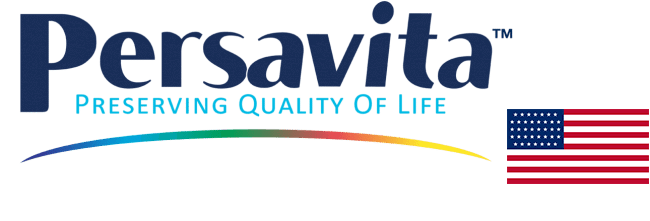Introduction: Valuing Sight in Our Lives
Despite the universal fear of losing sight, many are unaware that proactive measures can significantly reduce the risk of sight loss. This guide aims to enlighten and motivate individuals towards preserving their most cherished sense.
Smoking: The Primary Adversary of Eye Health
Smoking's direct correlation with blindness is alarming. As a leading factor in eye diseases like Age-related Macular Degeneration (AMD) and cataracts, the oxidative stress from smoking inflicts severe damage on the retina and lens. Secondary smoke is equally harmful, elevating AMD risk. Importantly, the risk multiplies for smokers with a family history of AMD. The best action for eye health? Quit smoking.
Alcohol Consumption and Eye Health
Moderation is key with alcohol. While moderate drinking shows no adverse effects, excessive intake during pregnancy can lead to fetal alcohol syndrome and visual impairment. Moreover, a combination of heavy drinking, smoking, and poor diet can cause toxic tobacco-alcohol amblyopia, leading to significant vision loss. Hence, adherence to recommended alcohol consumption guidelines is crucial, especially during pregnancy.
The Crucial Role of Nutrition
Nutrition profoundly impacts both general and eye health. Scientific evidence links poor nutrition to cataracts and AMD progression. Key antioxidants, including vitamins C and E, beta-carotene, zinc, and copper (the AREDS formulation), have shown to reduce advanced AMD risk by about 25% in individuals with moderate AMD. However, it's vital to consult a healthcare provider before starting any high-dose vitamin regimen, as excess intake can lead to other health issues and side effects.
Lutein, Zeaxanthin, and Eye Health
Lutein and zeaxanthin, essential for retina health, cannot be synthesized by the body and must be obtained through diet or supplements. Their levels can decline over time, even with a healthy diet, but supplementation can help maintain necessary levels.
Dietary Fats and Eye Health
A diet rich in omega-3 fatty acids from fish decreases the risk of developing AMD. However, it's crucial to maintain a balanced diet as the sole means of supporting eye health, supplemented when necessary.
Sunglasses: More Than a Fashion Statement
Exposure to sunlight, particularly UV light, is a risk factor for cataracts and AMD. Proper sunglasses can protect the eyes from harmful rays, reducing the risk of these conditions.
Addressing Risk Factors for Eye Disease
Obesity, diabetes, and high cholesterol significantly increase the risk of major eye diseases. Maintaining a healthy weight and managing health conditions are vital for reducing the risk of sight loss.
Regular Eye Exams: The Foundation of Eye Health
Regular eye exams are essential for early detection and prevention of eye diseases. They serve as a comprehensive health check for the eyes, ensuring any issues are addressed promptly.
Conclusion: A Holistic Approach to Eye Health
Maintaining eye health requires a multi-faceted approach: quitting smoking, embracing a healthy diet, protecting eyes from sunlight, and managing health conditions. Regular eye exams are crucial. By adopting these practices, individuals can significantly reduce the risk of sight loss and preserve their vision for the future.

Leave a comment
This site is protected by hCaptcha and the hCaptcha Privacy Policy and Terms of Service apply.